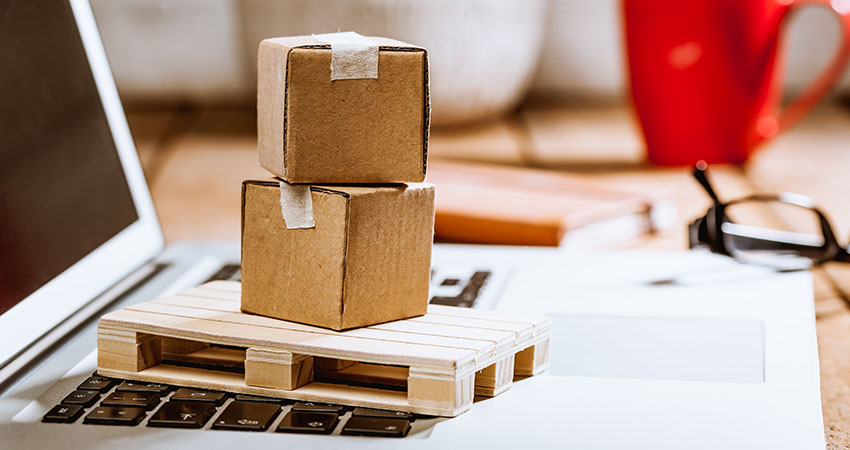Millennials and their following generational cohorts are dominating the U.S. labor force, according to U.S. Census Bureau data. As of 2017, 56 million millennials were working or looking for work. That’s more than the 53 million Gen Xers or 41 million baby boomers.
And now, older post-millennials (Gen Z) are entering the workforce. Last year, 9 million post-millennials began their working lives. What do these two generations want from retailers? Well, they want the world, and they want it now.
Ever since Amazon introduced Prime in 2005, it’s left everyone else chasing after them. This is what millennials and those following after expect from their ecommerce experience.
Rod Sides, Vice Chairman and U.S. Retail and Distribution Leader for Deloitte, said millennials are setting the definition of what fast delivery means.
“It always comes back to the millennial mindset that as a group they want what they want, and they want it immediately,” said Sides. “Also, millennials are not spending as much time looking for a deal as they are looking for instant gratification.”
If you’re not able to offer guaranteed two-day delivery on just about everything you sell, it could come back to bite you — in a very public manner. Eoin Comerford, GM of Outdoor at Walmart eCommerce and CEO at Moosejaw Mountaineering, explained millennials were “definitely more likely” to share a bad shipping experience in social media, compared to other demographic groups. “They know the power of social and are not afraid to use it,” he said.
Heightened Customer Expectations
To be successful in today’s business environment, retailers need to be able to meet customer demand for an enhanced delivery experience, including whenever possible fast and free shipping and unlimited returns. Transparency and communication with real-time delivery tracking and notification options are also key factors for making younger shoppers happy with the delivery experience.
One way to get to the point where you can reliably offer your customers this level of service is to fine-tune your fulfillment network strategy.
“Due mainly to the booming ecommerce market and subscription services, order profiles have evolved to smaller, more frequent ones that require more picking,” said Brian Barry, President of F. Curtis Barry & Company. “Customer expectations for faster, free, or even same-day shipping continue to skyrocket as the number of returns increase concurrently. All of which creates a greater need for more distribution centers and a greater call for the warehouse labor that was already increasingly hard to hire.”
In response to that need, there’s an ongoing fulfillment shift, driven by ecommerce, to smaller regional FCs vs. large centralized DCs.
“Companies typically start with a coastal fulfillment strategy to service a high percentage of their market in a short delivery window,” said Kirk Anderson, Vice President of North American Sales for WMS provider Snapfulfil. “Then they expand to add additional facilities in the central U.S. to keep their inventory position and SLA level high, to the point where they can deliver product within 1-2 days of order to as close to 100% of their customers as possible.”
Keeping Up with Customer Demand at Crutchfield
Chris Groseclose, Chief Fulfillment Officer for electronics seller Crutchfield Corp., said his company just bit the bullet and now offers an array of delivery options.
“You compete as best as you can without running yourself broke,” Groseclose said. “We do two-day free shipping as a line-item price. Close to the center, order by 5 p.m. ET and we ship same day, and we’ve been same-day shipping since 1974. We do next-day delivery around our center, but we are coast-to-coast two-day shipping. It was a cost add for us, but we have found we have a better closed sale ratio.
Groseclose said the increase in sales has covered the increase in cost. “At some level we sell products that overlap big boxes and Amazon, and we have to remain competitive,” he said.
At Crutchfield, UPS is its primary last-mile provider. “We also use the U.S. Postal Service’s Priority Mail,” Groseclose said. “Prior to December 2018 that was our main delivery option. We gained a day going to UPS. We tell our customers upfront what their delivery date is.”
To learn more about this topic, download our recent report, “Retooling Your Fulfillment Network to Stay Competitive” by clicking here.

